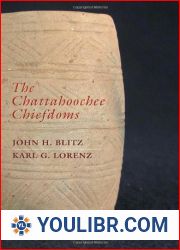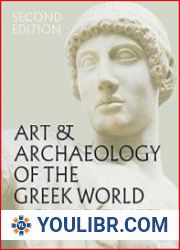
BOOKS - The Chattahoochee Chiefdoms 1st edition by Blitz, John H., Lorenz, Karl G. (2...


US $6.93

206697

206697
The Chattahoochee Chiefdoms 1st edition by Blitz, John H., Lorenz, Karl G. (2006) Paperback
Author: John Howard Blitz
Year: April 9, 2006
Format: PDF
File size: PDF 2.5 MB
Language: English
Year: April 9, 2006
Format: PDF
File size: PDF 2.5 MB
Language: English
and "This book provides a much needed summary of the excavations at several important but poorly documented mound sites and nicely synthesizes this data into a phase-by-phase history of chiefdom development in the Chattahoochee Valley. At the same time, the authors present a provocative model for the development and spread of Mississippian societies through the Southeast. and " Along the banks of the lower Chattahoochee River, the remains of ancient settlements are abundant, including archaeological sites produced by Native Americans between 900 and 350 years ago, and marked by the presence of large earthen mounds. Like similar monuments elsewhere in the Southeastern United States, the lower Chattahoochee River mounds have long attracted the attention of travelers, antiquarians, and archaeologists. As objects from the mounds were unearthed, occasionally illustrated and discussed in print, attention became focused on the aesthetic qualities of the artifacts, the origins of the remains, and the possible relationship to the Creek Indians. Beginning in the 20th century, new concerns emerged as the developing science of archaeology was introduced to the region. As many of the sites became threatened or destroyed by reservoir construction, trained archaeologists initiated extensive excavations of the mounds. Although classification of artifacts and sites into a chronological progression of cultures was the main objective of this effort, a second concern, sometimes more latent than manifest, was the reconstruction of a past way of life. Archaeologists hoped to achieve a better understanding of the sociopolitical organization of the peoples who built the mounds and of how those organizations changed through time. Contemporary archaeologists, while in agreement on many aspects of the ancient cultures, debate the causes, forms, and degrees of sociopolitical complexity in the ancient Southeast. Do the mounds mark the capitals of political territories? If so, what was the scale and scope of these ancient and "provinces and "? What manner of society constructed the mound settlements? What was the sociopolitical organization of these long-dead populations? How can archaeologists answer such queries with the mute and sometimes ordinary materials with which they pottery, stone tools, organic residues, and the strata of remnant settlements, buildings, and mounds?














































